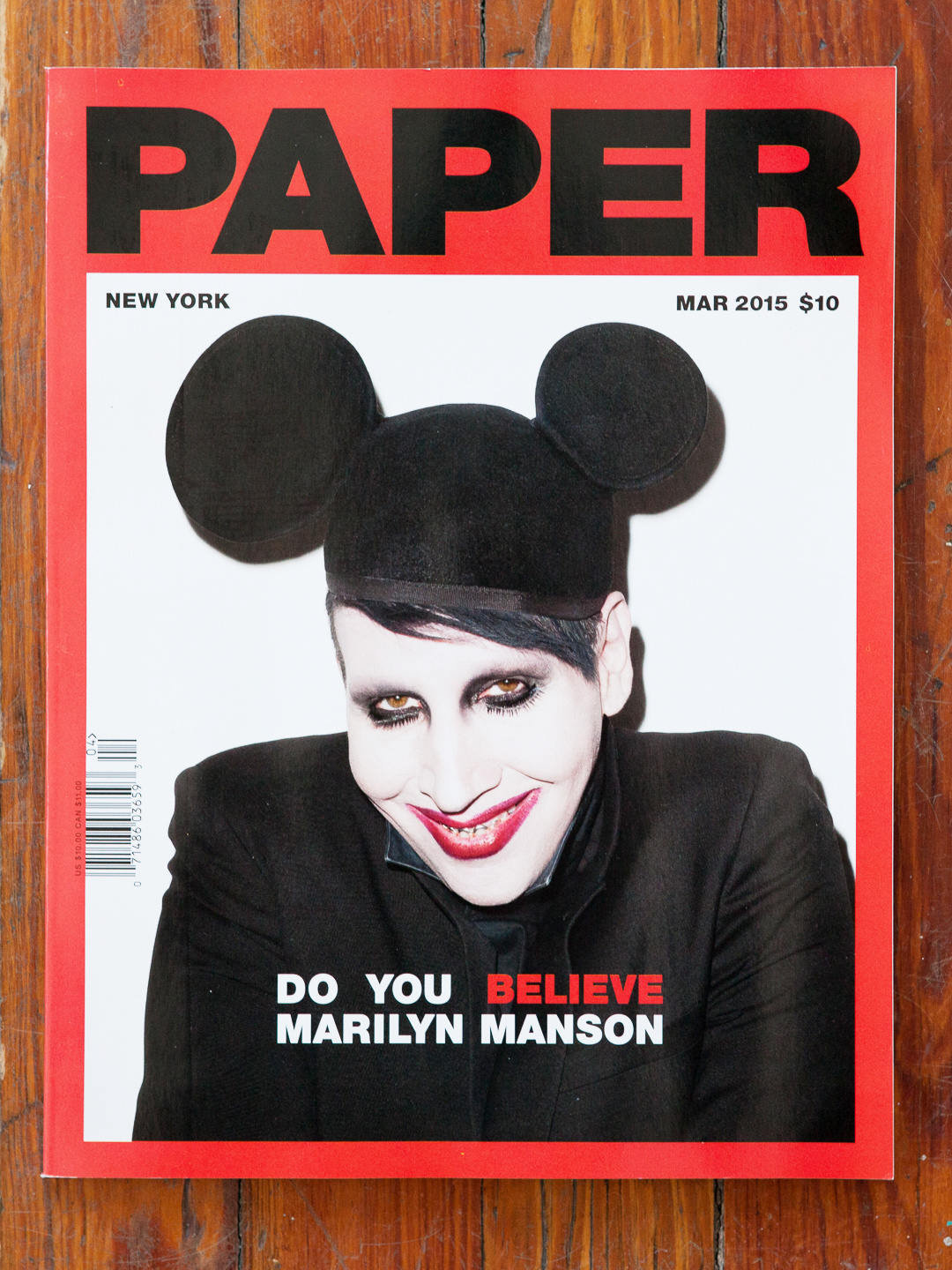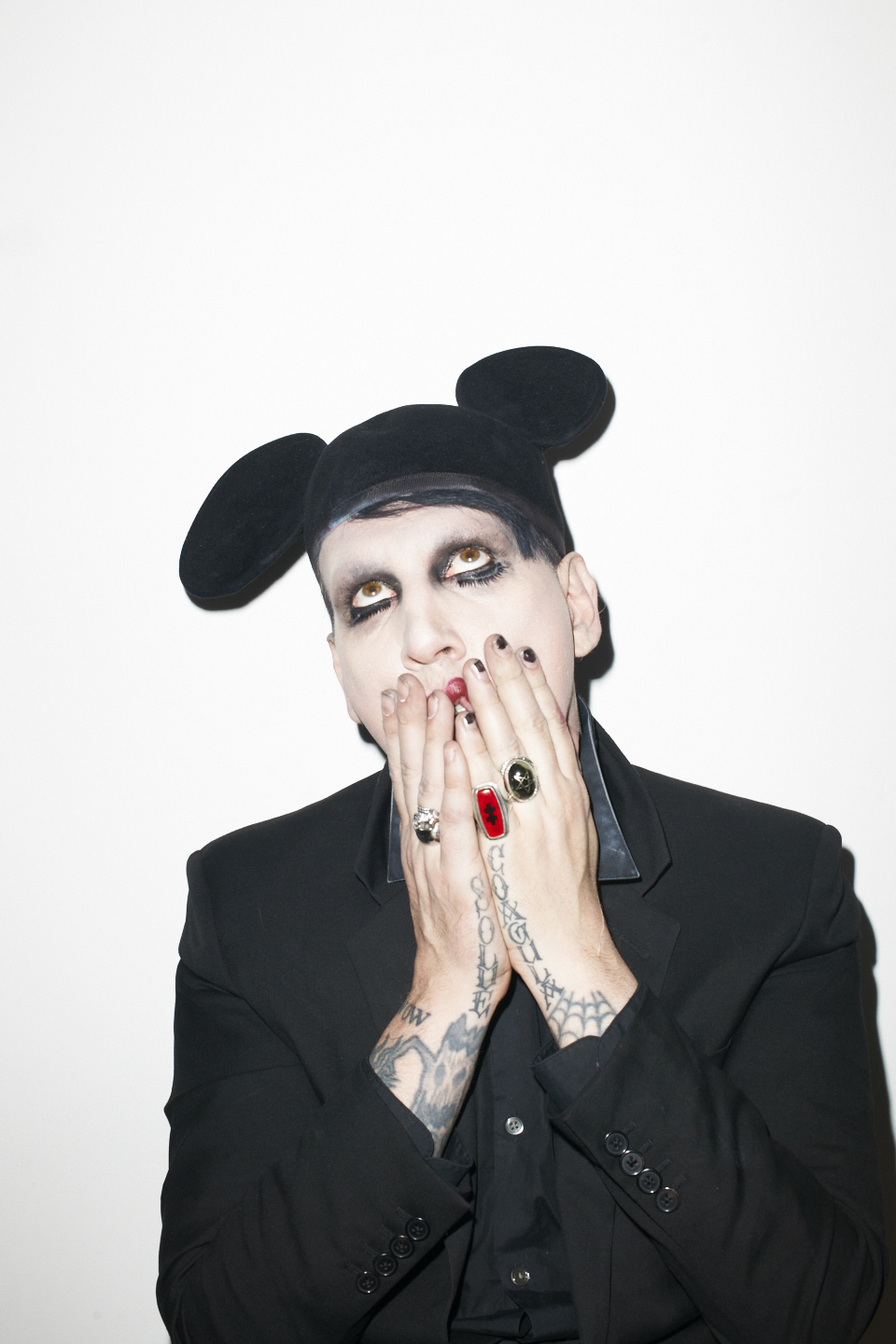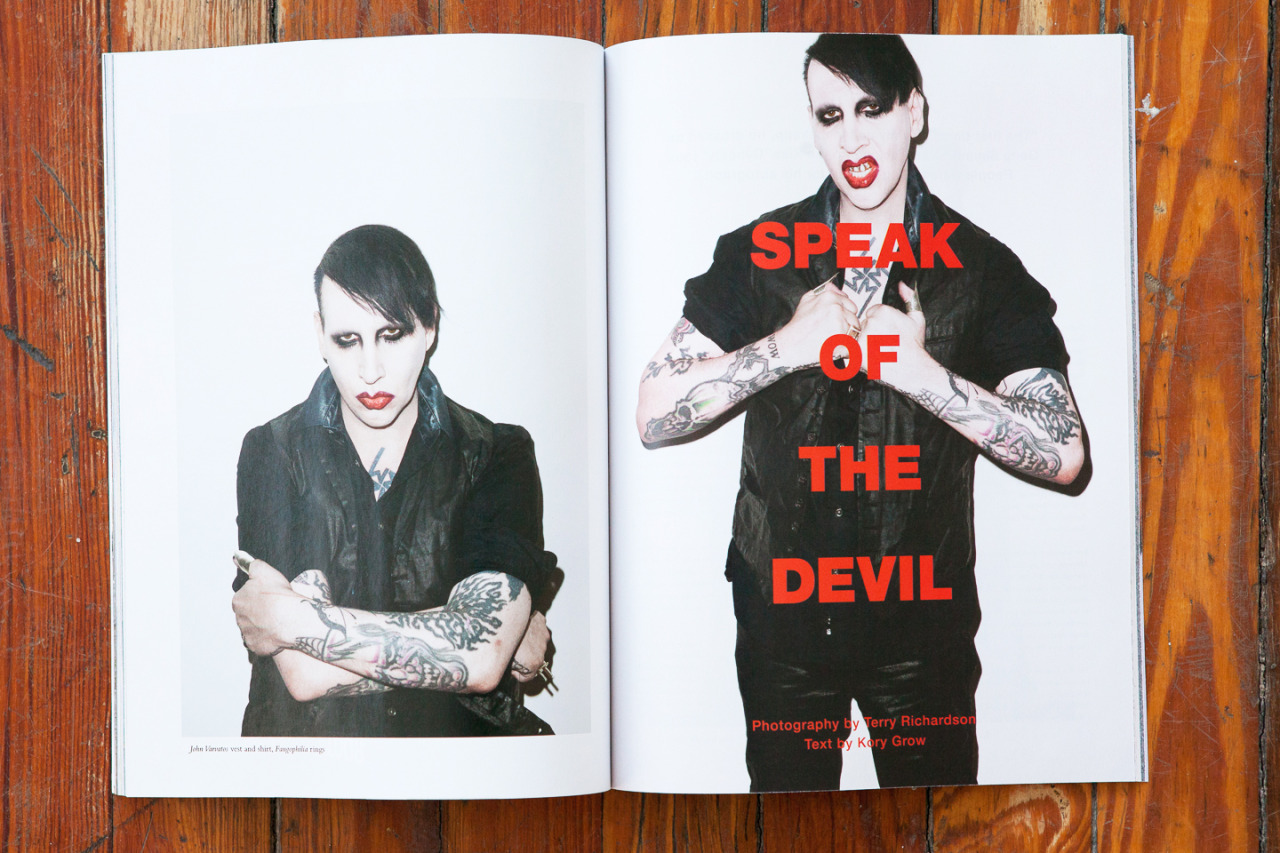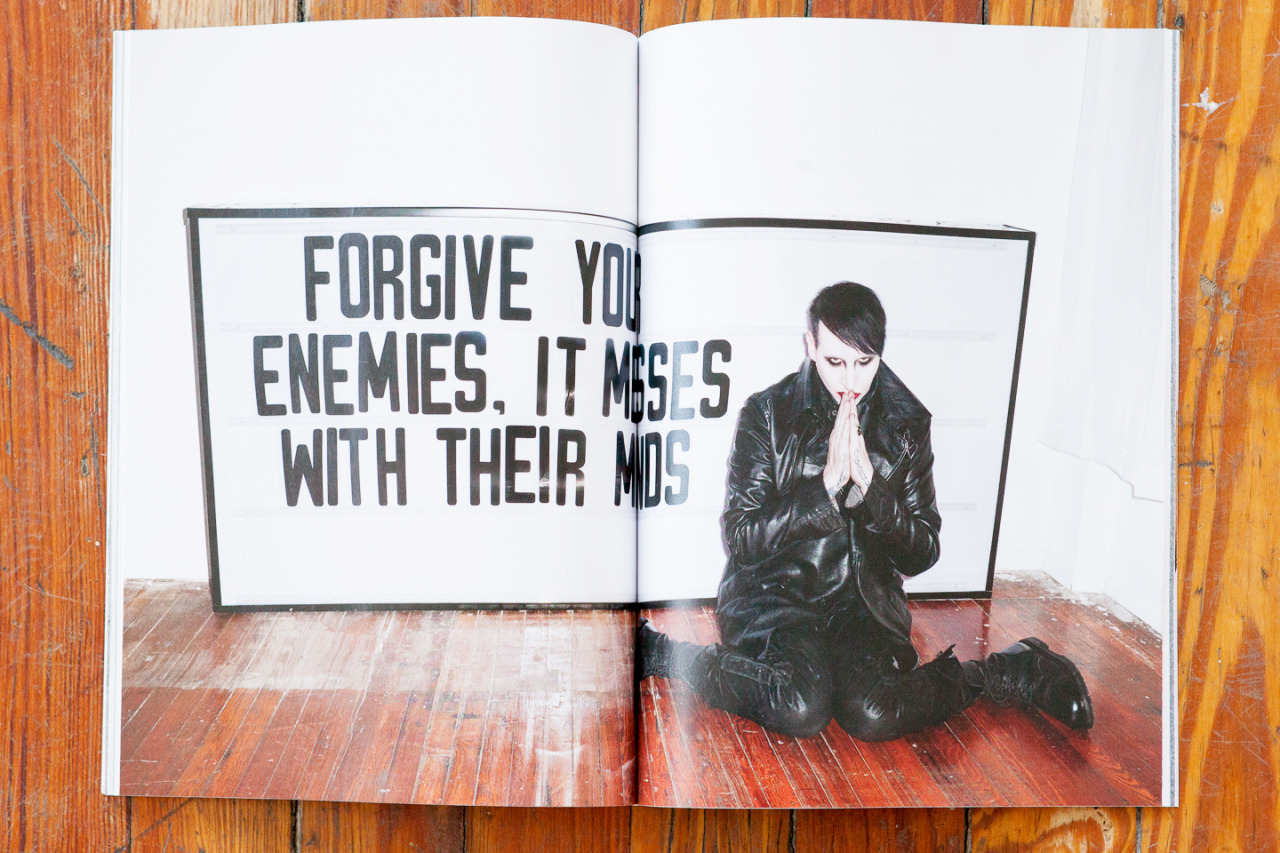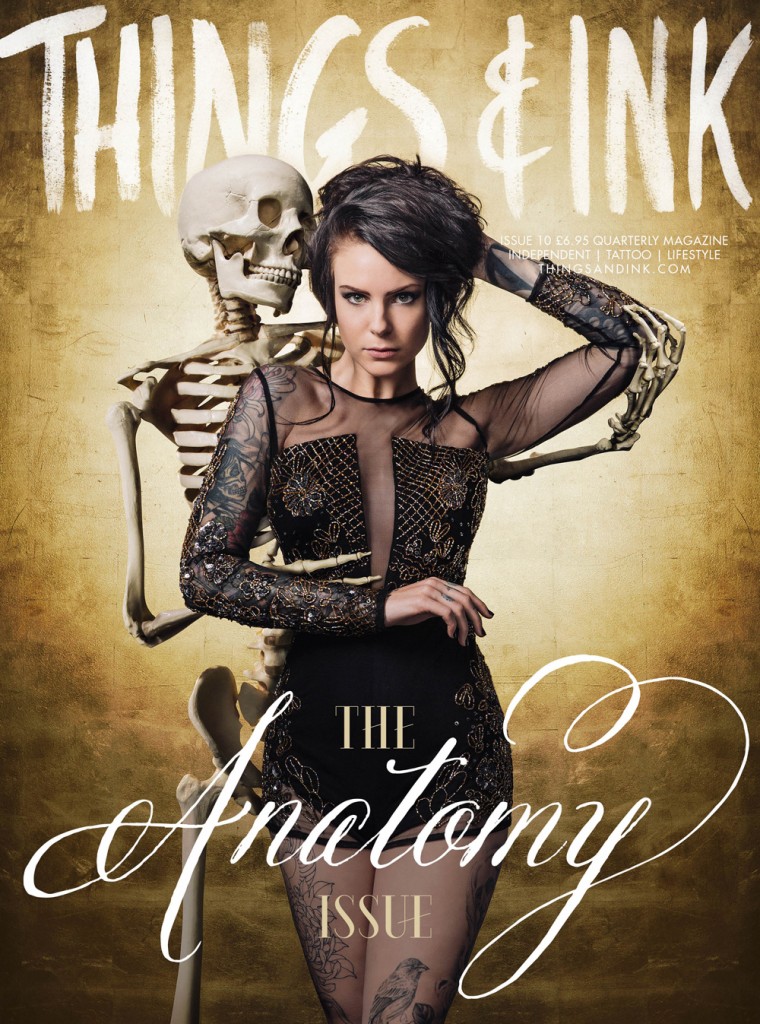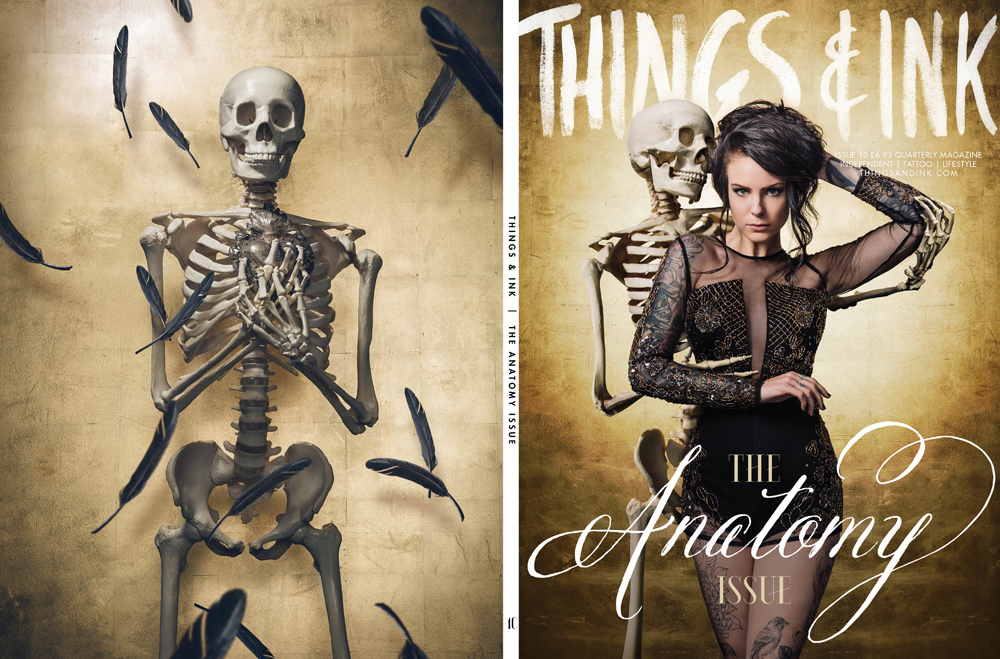Eva Laflamme, editor of The Tattoo Tourist, invites you to take our tattoo collector quiz.
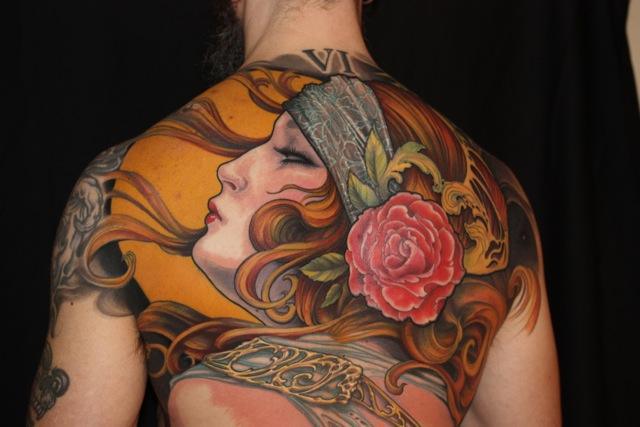
“Tattoos can say a lot about a person. Having a tattoo or tattoos, subject matter and placement all form an impression of an individual whether it is accurate or not. If you are reading this you probably have a tattoo or are thinking of getting one. What will your tattoo say about you? What do you want it to say? Ask yourself, “How will my tattoo/s represent me? ”
“Or don’t. Seriously – Do. Not. Get tattoos because they are cool as shit and you like them and you had some time and a hundred bucks to kill while you were getting your tires rotated and that is how you got your latest ink. I’m not making fun here – that is a completely legitimate way to ink up and the chosen method for a majority of tattoo enthusiasts. The sheer number of tattoo shops in the USA and abroad allows for a free-wheeling approach to acquiring ink that is unprecedented,
“Twenty plus years ago when I got my first tattoo I was living in Utah. (Don’t judge. It could happen to anyone.) I decided to get my first tattoo and choosing a shop was very easy. There was only one in a hundred mile radius. My choice of artist? Limited to the sketchy metal head with the tattoo machine and a terrifying case of the shakes. Now you can find shops in the most unlikely of places including some very tiny locations and upscale towns. Where you used to have to go to the sketchier areas to find a shop you can now go to a fancy mall and get tattooed right in the display window. Times have changed but what about the way people get tattooed?
“Back in the early 70s when tattooing started to emerge from the docks and honky tonks and into “polite society” the first tattoo conventions were held. These were serious-minded collectives of tattoo artists looking to share information, check out each others equipment (basically all hand crafted) and compare work. The non-artists in attendance were mostly wives and girlfriends of the artists (precious few women tattooing at this time) and a sprinkling of die-hard fans. Now many tattoo conventions are full-scale lifestyle events with bands, car shows, beauty pagents, acres of branding and merchandise, celebrity artists, fans and collectors. So what is a tattoo collector exactly and what is the difference between a person who loves tattoos and has a bunch and a tattoo collector who also loves tattoos and has a bunch. Welllll – it’s subtle.
“A tattoo fan will get a tattoo as the mood strikes based on proximity to a tattoo artist, cash in pocket and whatever looks good on the flash wall or idea they have swimming around in their head. A tattoo collector will get a tattoo based on extensive research of favourite artists, email stalking of said artists, long waiting periods of anywhere from six months to two years and an investment in their ink that would shock a lot of people who have tattoos.”
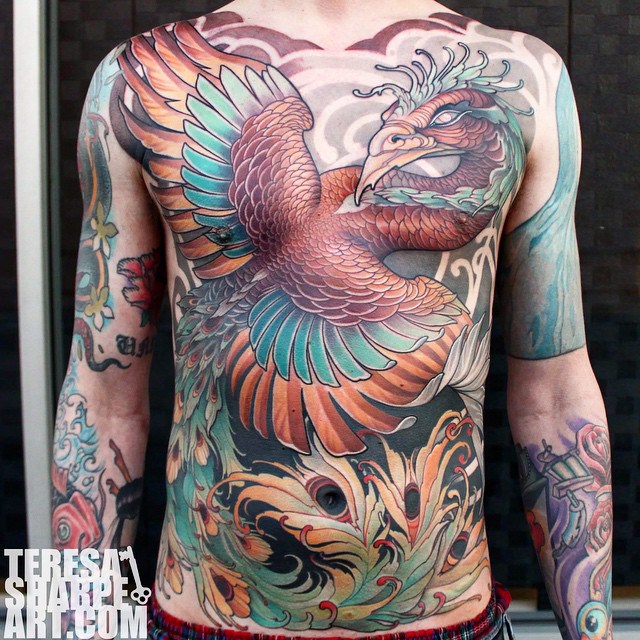
Here is a check list to see if you are a Tattoo Collector
(If you answer “yes” to more than two you have got the bug)
1. You have a list of artists you would like to work with
2. Those artists have waiting lists or their “books are closed”
3. This fact causes you angst to varying degrees.
4. You are willing to let an artist dictate partially or completely what they will tattoo on you and where and how big
5. This causes you no angst – you are totally game
6. You are willing to travel more than a couple of hours from your home – even fly and even go out of country for a tattoo (If you answered yes to this one you have the bug – period. – no cure in sight!)
7. You don’t have as many tattoos as you want because you are waiting for that particular artist to agree to work with you
8. You can identify more than five tattoos artists’ work at a glance
9. Your friends and family think you are a little nuts about the whole tattoo thing. You sort of agree with them
10. You know most people “don’t get it” but that is fine. Some people collect Beanie Babies or schnauzers and you don’t get that but it’s their thing and that is cool with you. Serious tattoo collecting is YOUR thing. You are approaching your body like a curated tattoo exhibit and it is a fascinating, exasperating, thrilling and expensive ride. Buckle Up!
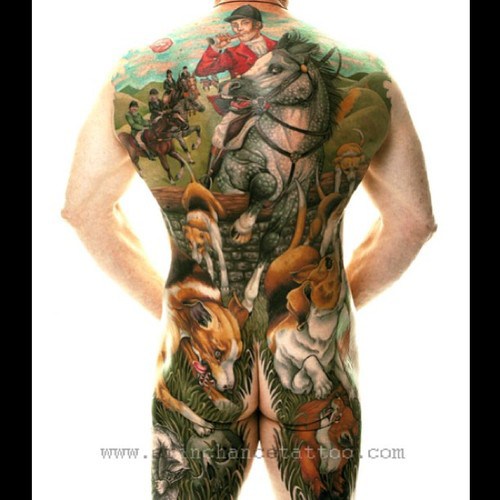
“How did you do? I said “yes” to all ten so I am definitely up to my neck in it. And does it matter if you said no to all of them? Does that make your tattoos “less than”? Oh hell no. Part of me wishes I could tap the brakes on my tattoo mania and just get some ink without having to move heaven and earth first. I chatted about Rock and Roller Andy Biersack’s “random” ink collection last week and I wasn’t kidding when I said I thought it was cool as hell.
“That is one of the many things I love about tattoos and tattoo culture – it truly does embrace all types. From the middle age housewife with a serious tattoo collection to the young 20 somethings inking up on the fly with no plan and no worries. At the end of the day it all looks pretty damn cool. Unless you get a crap tattoo. That is not cool.
“So maybe you are not a “collector” but at the very least be a good tattoo consumer. Go to a professional tattoo artist who employs proper safety standards and knows how to handle a tattoo machine. Scratchers are called that largely because their line work is shaky as shit due to their lack of know-how. Tattooing well takes serious practice and skill to do it right. Don’t offer up your skin to a half-assed amateur. Make sure you are getting inked by a professional who takes pride in their craft – whether it is an elaborate full back piece or a simple word tattoo – then your ink will always be cool to the only person whose opinion on it truly matters – Your Own.
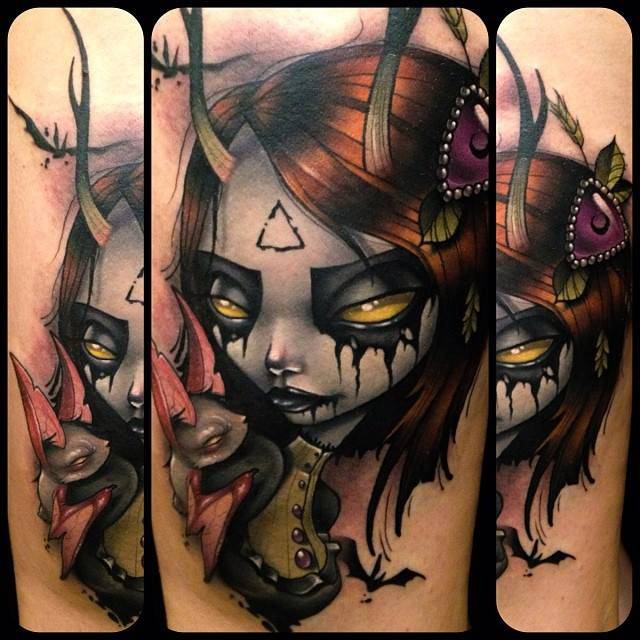
all tattoos in this post are done by my short list of “dream” artists. If you help me get an appointment with one of them I will bake you your favorite cookies and Fed Ex them to you – I promise!
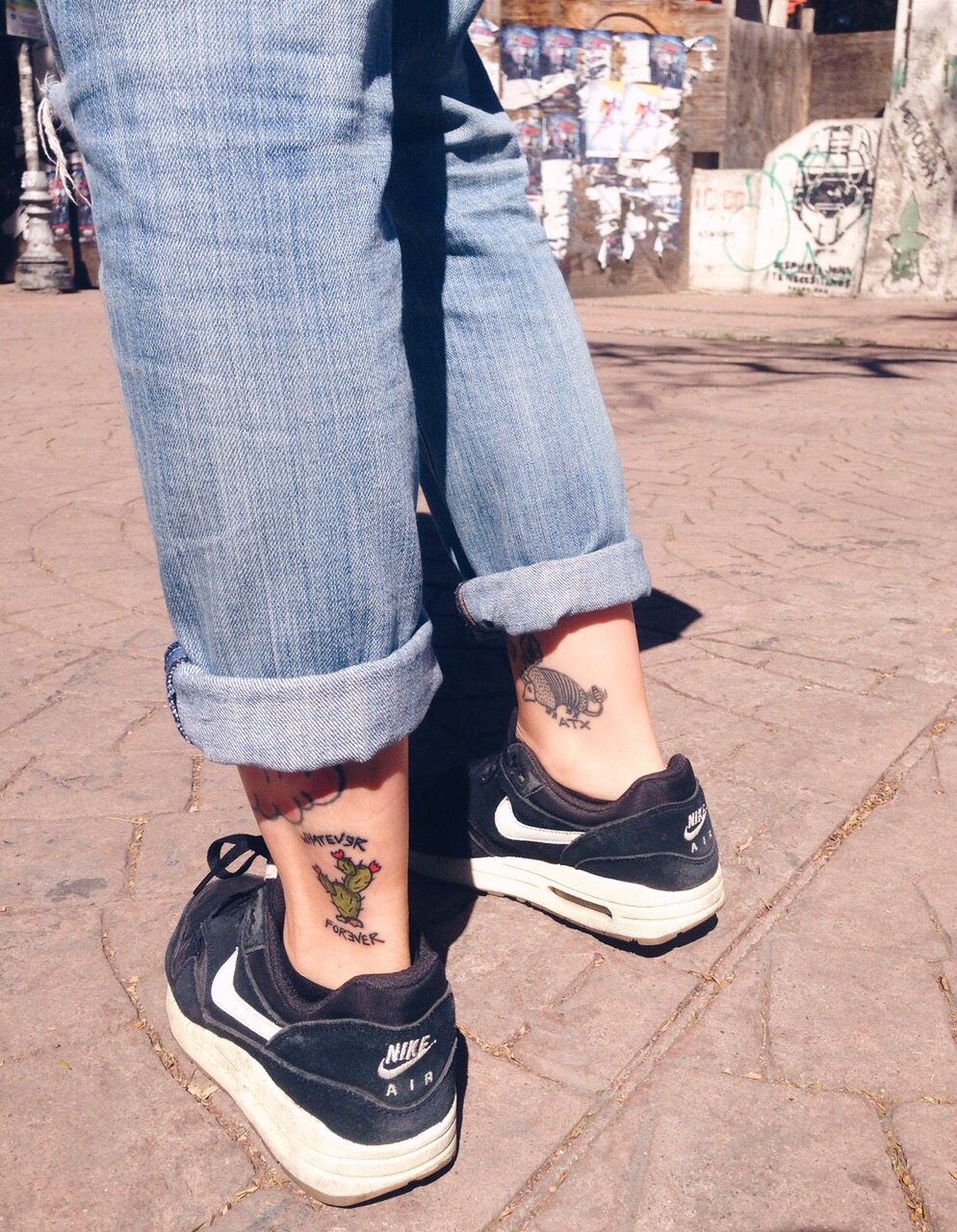
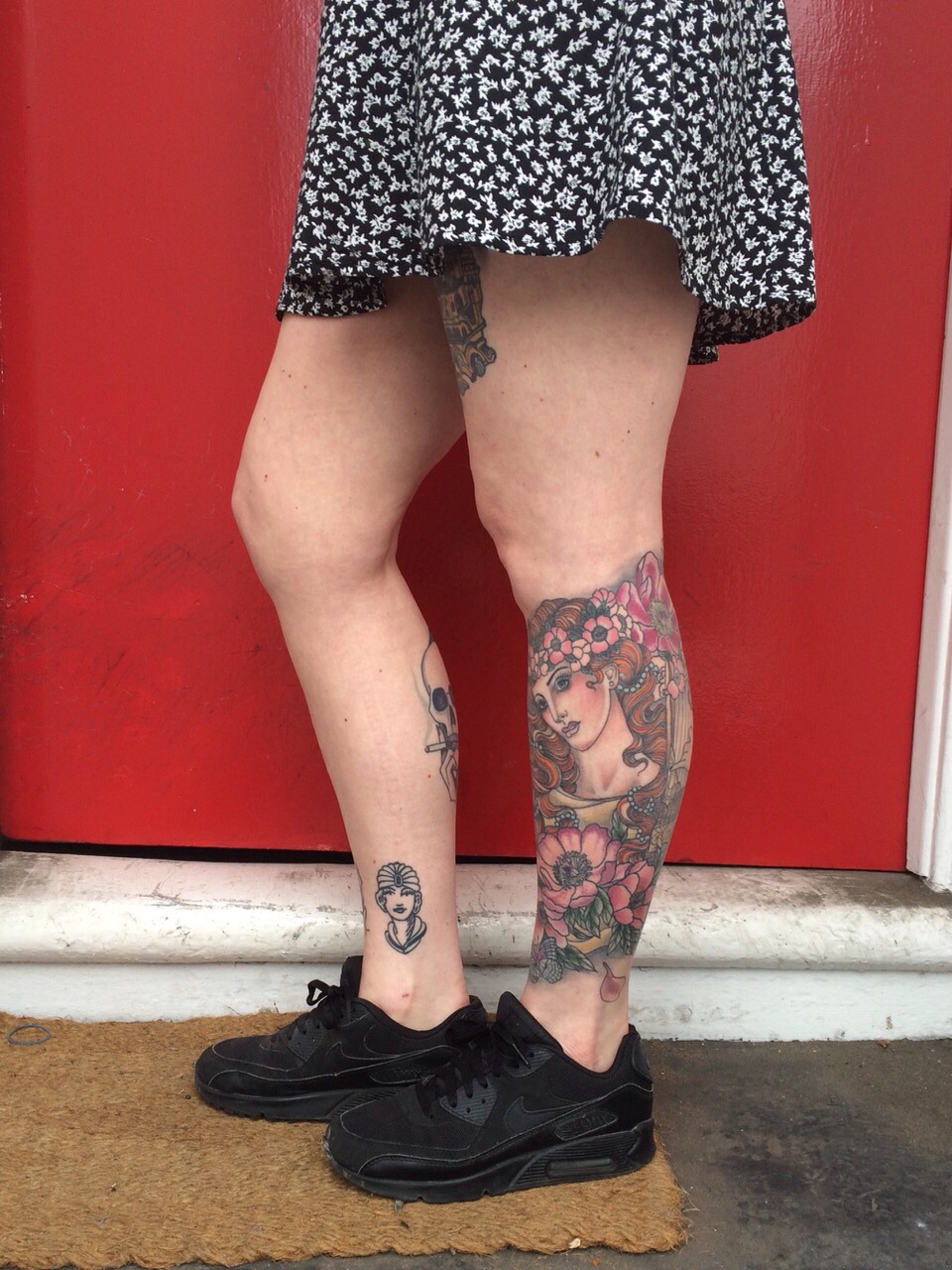
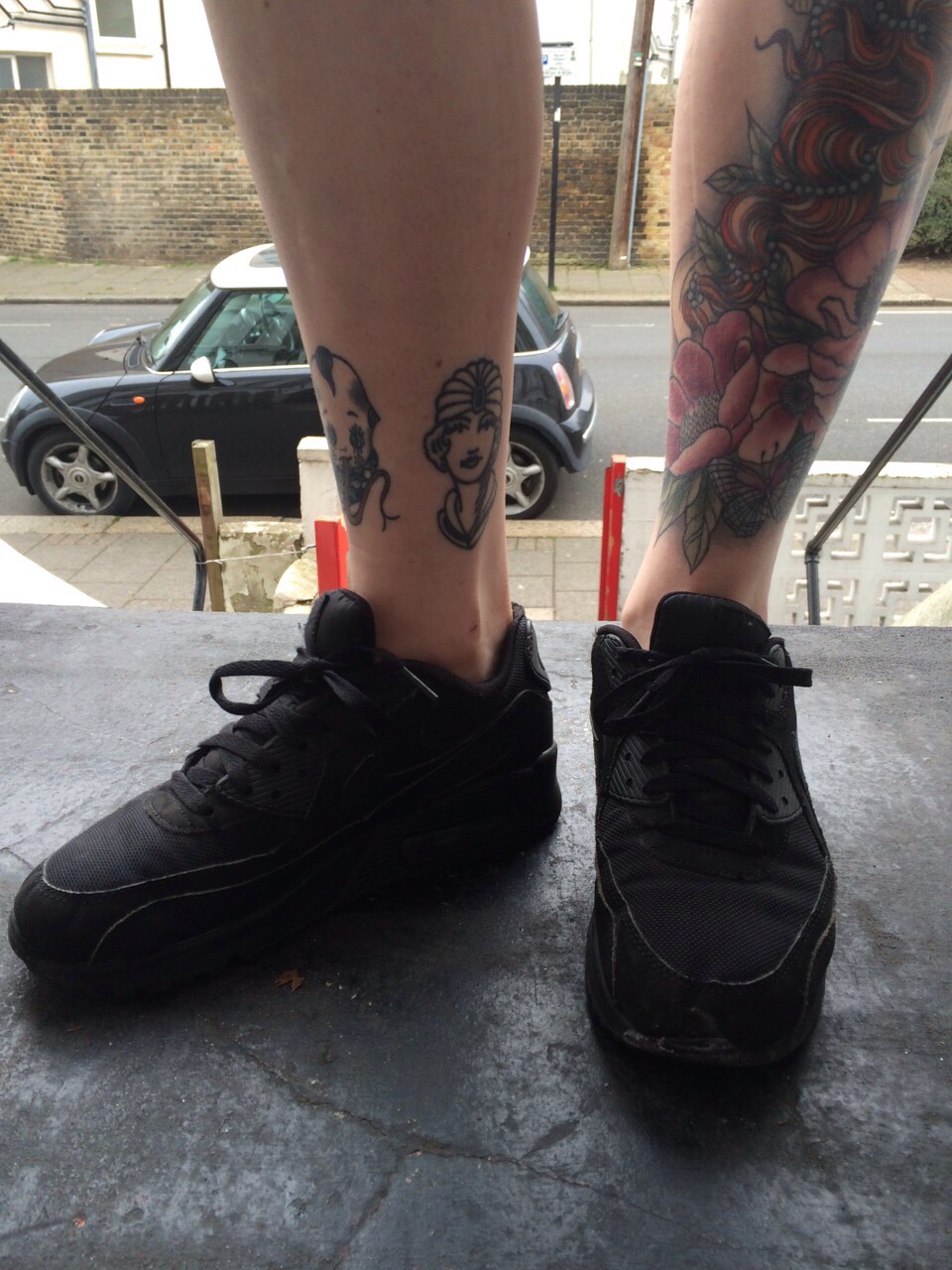
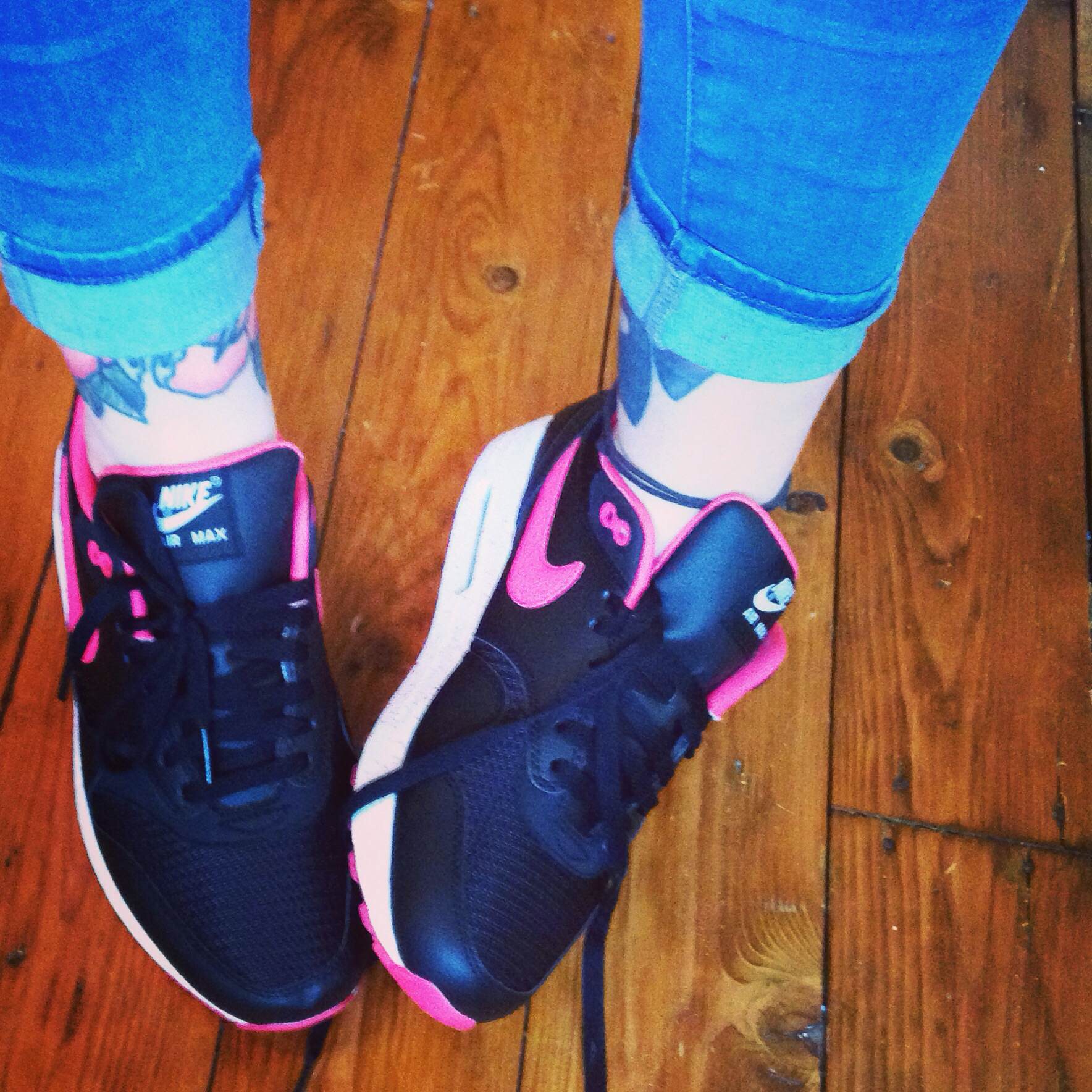
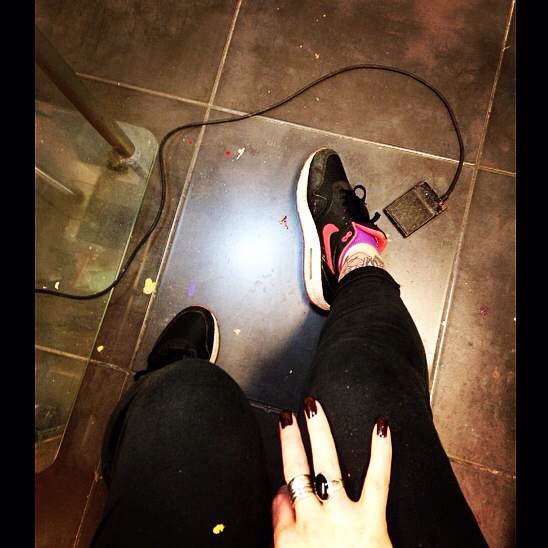
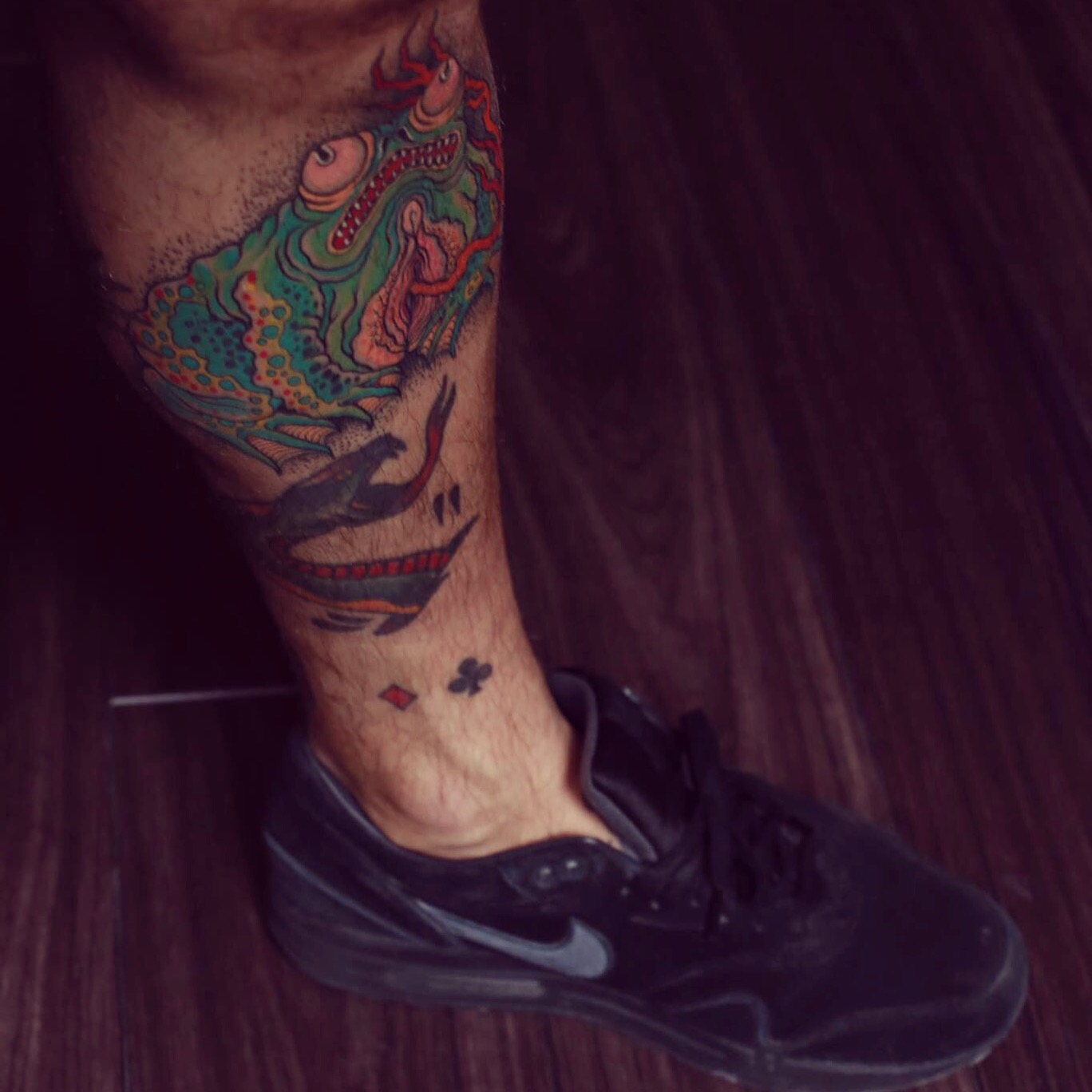
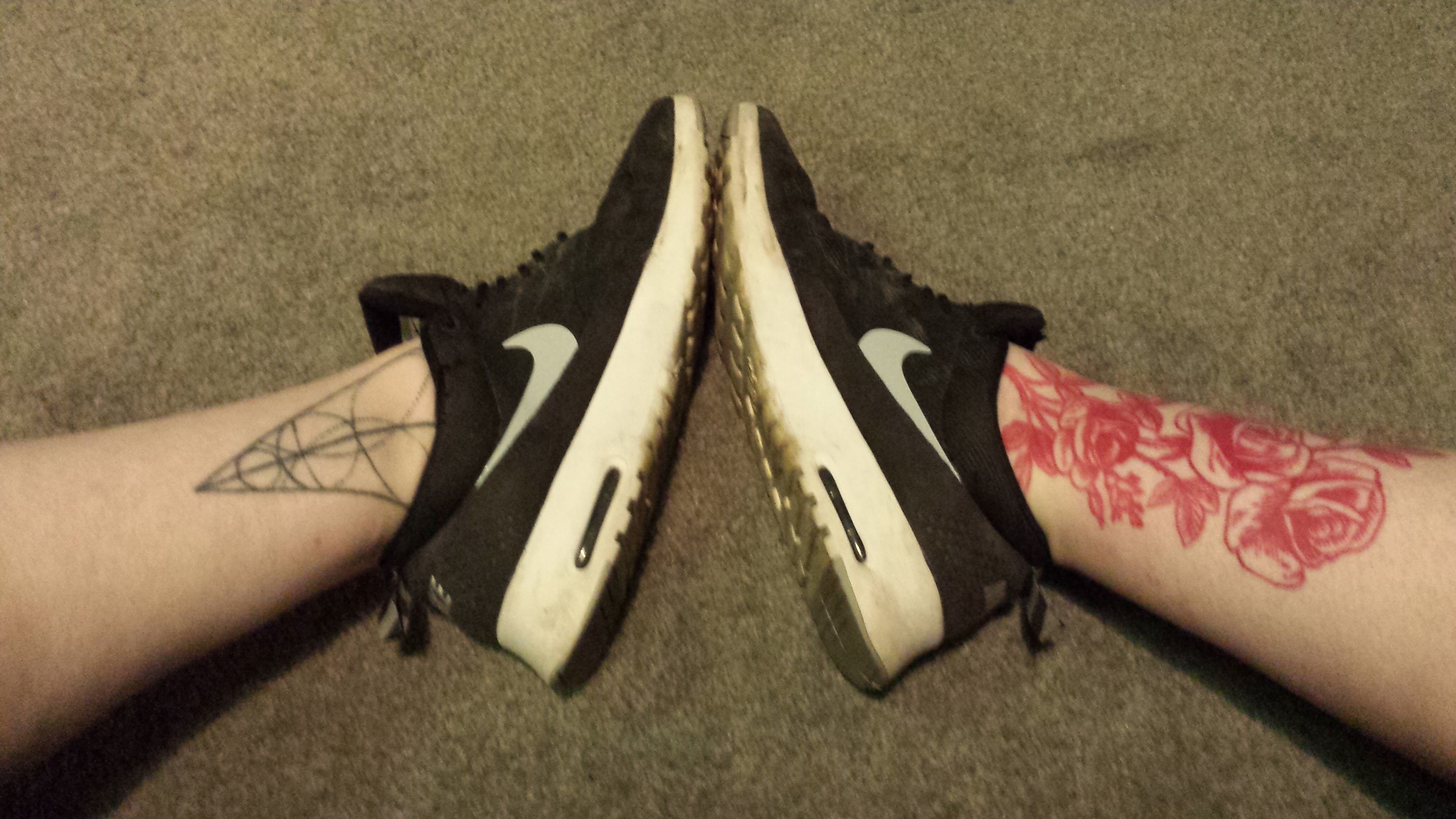 Rose tattoo by
Rose tattoo by 




